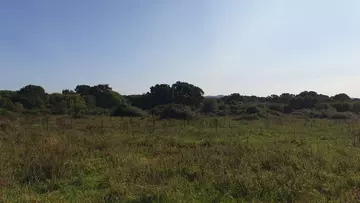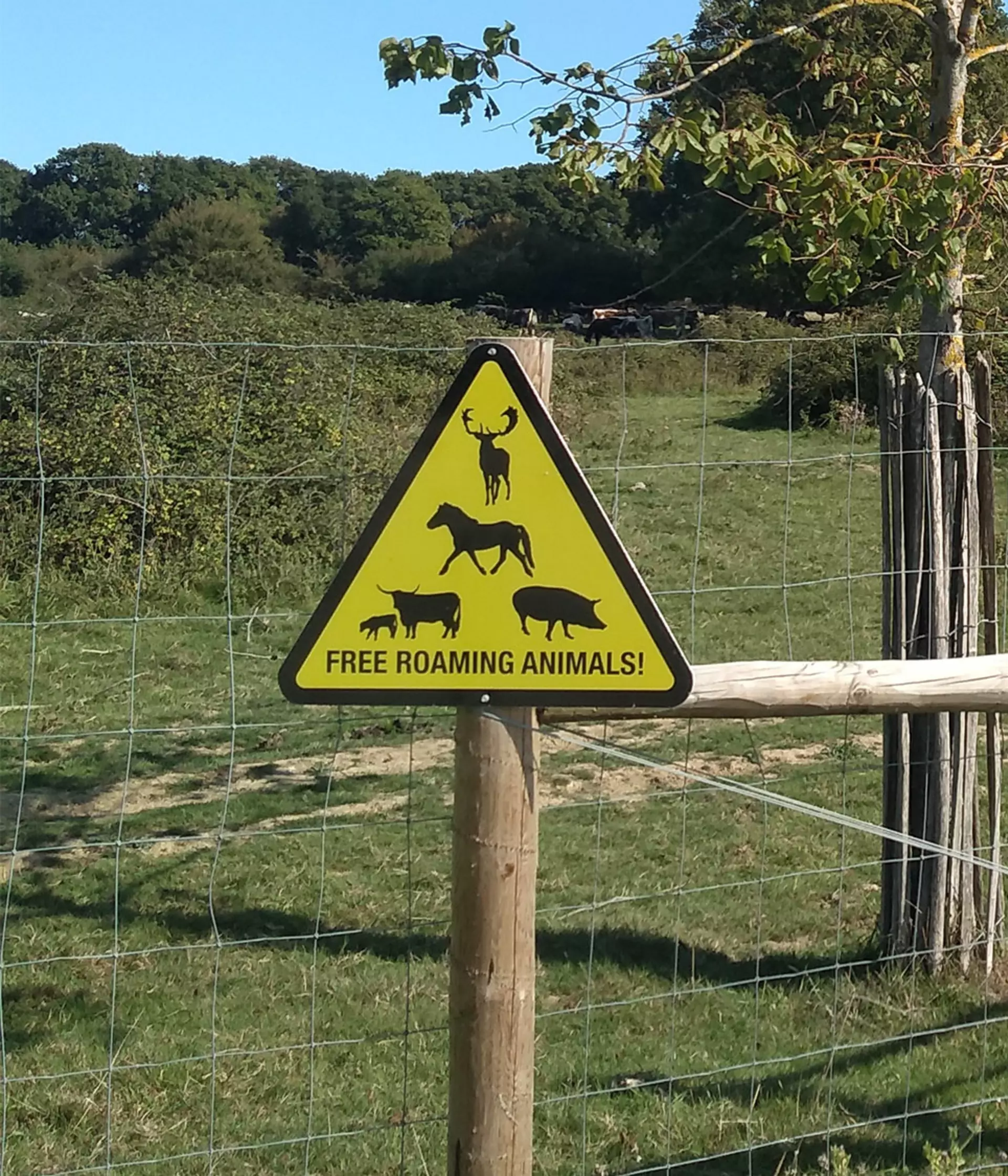
Henrike Schulte to Bühne
Honorary Research Associate
New research led by ZSL scientists argues that creating effective rewilding policies, and thus scaling up the use of this conservation concept, needs agreement on what 'wild' really means.
Rewilding has captured the imagination and polarised opinions since it emerged as a concept in nature conservation about 30 years ago. However, despite plenty of public and academic debate about its merits, aims and methods (for example Summit to Sea and Cambrian Wildwood), the definition of rewilding varies greatly depending on who you ask. For some, rewilding means putting large carnivores or large herbivores back into landscapes from which they have disappeared. For others, it is the withdrawal of human activities, such as agriculture, from a landscape, and the spontaneous changes in ecosystems and species which follow. Another school of thought emphasises the regeneration of ecosystem processes and the establishment of self-organising ecosystems.
These differences in opinion make it difficult to create rewilding policies, and to scale up its use as a conservation tool. Interest in the latter is building: rewilding projects are increasing globally, especially in the UK, and many environmental non-governmental organisations have adopted rewilding as a concept to inform their activities. The International Union for Conservation of Nature (IUCN), the largest environmental organisation in the world, recently agreed to establish a Rewilding Working Group, with the aim of developing guidelines and best practices which will set an international standard for rewilding. Finding consensus on what rewilding is has become a pressing issue.

A recent publication, led by ZSL researchers Henrike Schulte to Bühne, Nathalie Pettorelli & Michael Hoffmann, argues that what rewilding should look like in practice depends on the answer to one question: what is ‘wild’? Based on a review of the scientific and activist literature, they show that opinions on this among conservation scientists, practitioners, and other stakeholders differ in three main ways:
1. To what extent can people and 'wild' nature co-exist?
Is wild nature incompatible with the presence of people and their artefacts (as has been the prevailing view in the Western world for centuries)? Or is there no clear boundary between people and ‘wild’ nature, and they can interact closely? The answer to this question determines which activities people will be allowed to carry out at a rewilding site.
2. How much space does 'wild' nature need?
Can nature only be ‘truly wild’ in large, remote areas? Is the wildness of smaller spaces, with their often smaller species communities, equally valuable? The size of rewilding sites will influence where they will be located, determine who will have most access to it, and thus who will be exposed to potential benefits and risks.
3. What kinds of 'wild' nature do we value?
Are we primarily interested in the pristineness of nature, and is ‘wild’ nature thus nature that looks and behaves like it did before human intervention? Or do we primarily value the ability of ‘wild’ nature to transform itself in response to external pressures, including climate change? Depending on our answer, rewilding success will be judged by different standards, for instance, whether or not similarity to a past ecosystem state is considered desirable.

The paper does not give a definite answer to each of these questions. However, it highlights that what rewilding will look like in practice – and thus how it will affect people and biodiversity – will depend on the consensus we find on these issues. It thus underlines the importance of bringing together politically empowered and informed stakeholders to make rewilding work in the 21st century.
You can also find out what’s next for rewilding in the UK by watching our online Science and Conservation event from October 2020, or listening to our ZSL Wild Science podcast episode on rewilding (#028).
Read the recent publication on “The policy consequences of defining rewilding”
